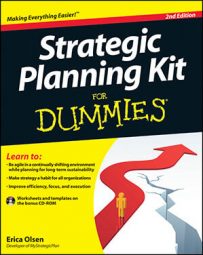Everyone wants to feel successful and recognized for a job well done, but human nature is to brush by achievements. By listing what you achieved last year as an organization, you help motivate and inspire your team to work smarter and harder in the coming year. Additionally, why not try to replicate what worked well last year?
Success and failure are like peanut butter and jelly; you can’t have one without the other. You likely didn’t achieve everything you expected to last year. You may even have a goal or project that rolls over from one year to the next. You’ve identified it as important, but you can’t seem to move the ball down the field. Now is the time to figure out why.
Here are some questions to get the conversation started:
What goals did we achieve? Why?
What hurdles or challenges did we overcome? How?
What new customers did we acquire? How?
Who joined our team?
What were the bottom-line results we achieved?
What projects were successful? Why?
What have our customers said about us — both positive and negative?
List your successes on a white board and leave them posted for a few weeks. Ask your employees to add to them as they see fit. By displaying your successes, you let your team know that last year’s achievements were important. Dig in to the hows and whys of your actions to make the list as specific as possible. When you have your list, use it to guide your planning efforts in the coming year. You can add the achievements to your list of strengths in your SWOT.
As with your successes, use the following questions to identify last year’s failures and determine what you need to do this year to prevent a repeat performance.
What lessons did we learn last year?
What decisions from the past year would we change?
What goals or projects did we not accomplish? Why?
What roadblocks or hurdles do we keep stumbling into? Why?
What challenges did we fail to meet over the past few years? Why?
Use the responses to these questions to fill out the weaknesses section of your SWOT. Pull out the ones that may need a deeper dive and add those to your strategic issues list.

